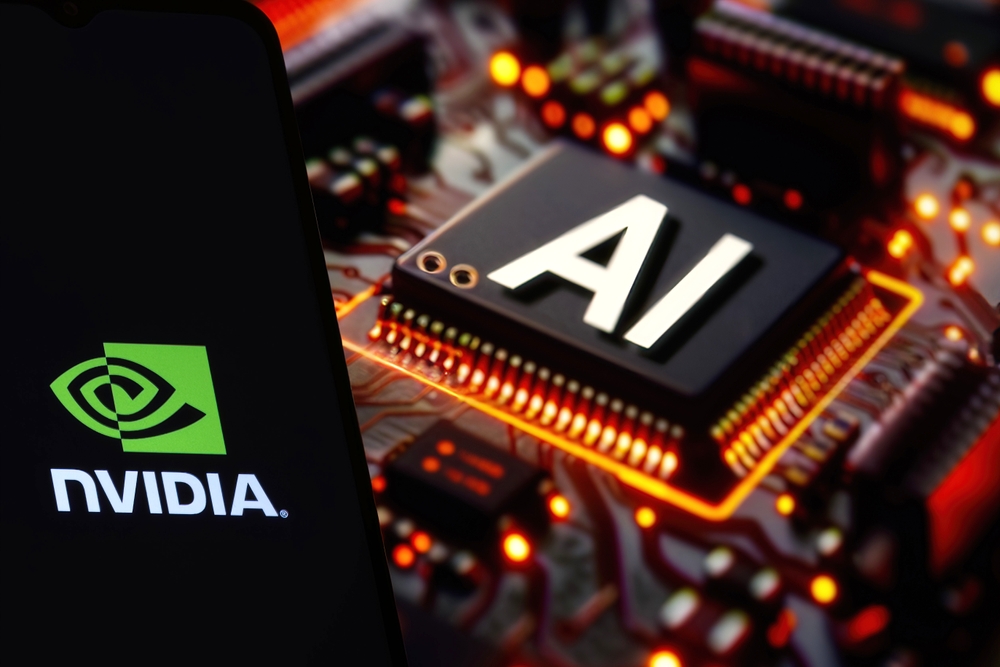In a significant move that has stirred up a buzz across the sector as well as the investment community, Nvidia has announced the imminent delivery of its much-anticipated new chip, which is scheduled to launch in 2024. This announcement not only demonstrates the company's relentless pursuit of innovation but also sets the stage for potential changes in the technology and investment landscape.
Core innovation
The announcement comes at a pivotal moment as the technology industry stands on the cusp of several transformational trends, from artificial intelligence and machine learning to cloud computing and the Internet of Things (IoT). The new chip is expected to be at the forefront of these innovations, offering increased computing power, energy efficiency and possibly new features that have not yet been announced.
The launch of this chip could also significantly strengthen the company's market position given its historical track record of innovation. It demonstrates a commitment to pushing the boundaries of what is possible, ensuring that its technologies remain an integral part of industrial progress.
Implications for the market and investment outlook
The implications for the market can be understood from different perspectives. Firstly, the company's shares could see significant investor interest as the market anticipates the introduction and integration of this new technology across a variety of industries. The company's ability to maintain a competitive advantage through innovation is a strong signal to investors looking for growth-oriented technology stocks.
Second, the broader semiconductor industry may see changes in competitive dynamics. This chip sets a whole new standard for performance and efficiency, which would challenge competitors to accelerate their innovation cycles. This would lead to investment in R&D across the sector and therefore companies involved in chip manufacturing, design and distribution will also be affected in a positive light.
Strategic considerations for investors
Key factors to watch include the integration of the chip into existing technology ecosystems, partnerships that Nvidia could forge to expand its market presence, and the overall industry response to these technological advances. In addition, investors should consider the broader implications of innovation in the technology sector. Companies that may benefit from expanded processing capabilities, such as firms in artificial intelligence, gaming, data centres, and autonomous vehicles, may also present ancillary investment opportunities.
Conclusion
Nvidia's upcoming chip is more than just a product launch, it is a potential market mover that underscores the company's leadership position concerning innovation and its key role in shaping the future of technology. For savvy investors, tracking developments related to this new chip could reveal valuable opportunities and align a portfolio with the growth and innovation trajectory of the technology industry. In conclusion, investors are advised to be prepared to navigate the opportunities and challenges that this new era of semiconductor innovation is sure to bring.


